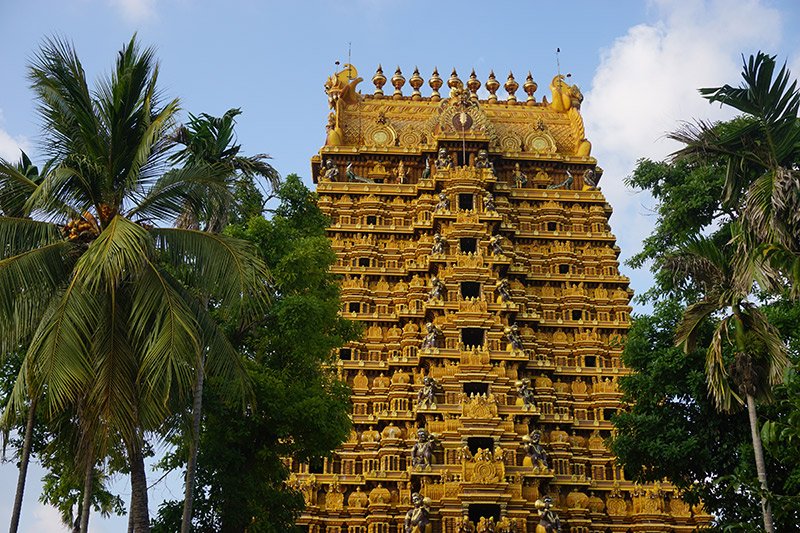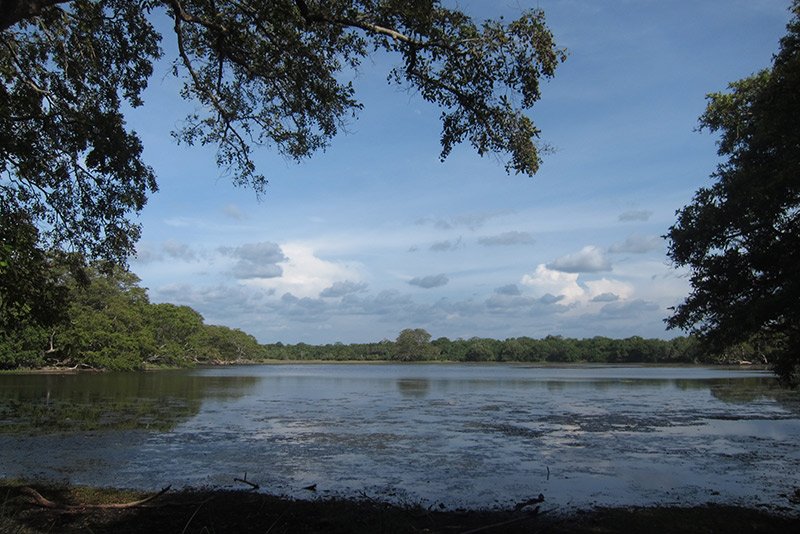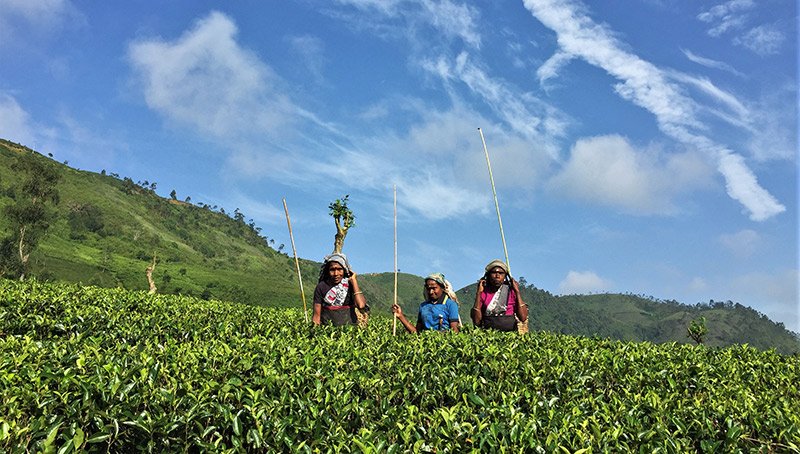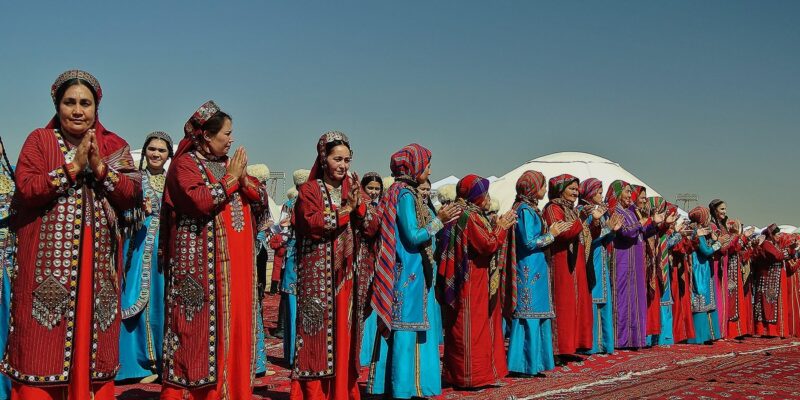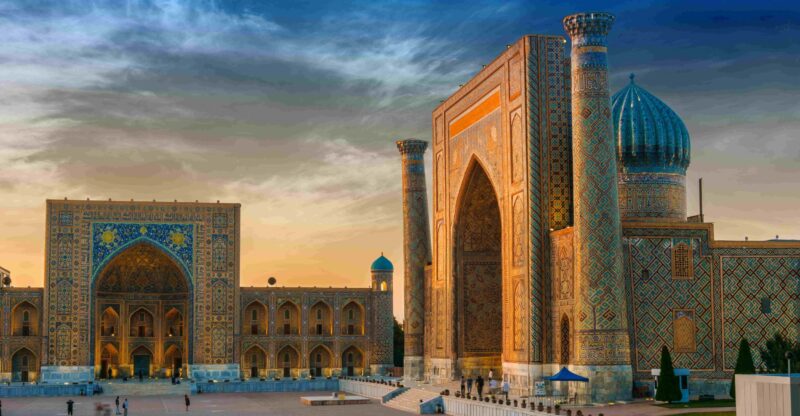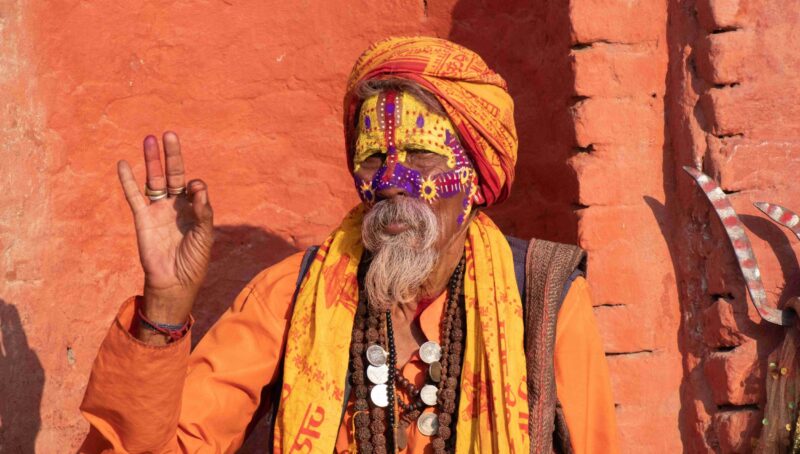Northern Explorer
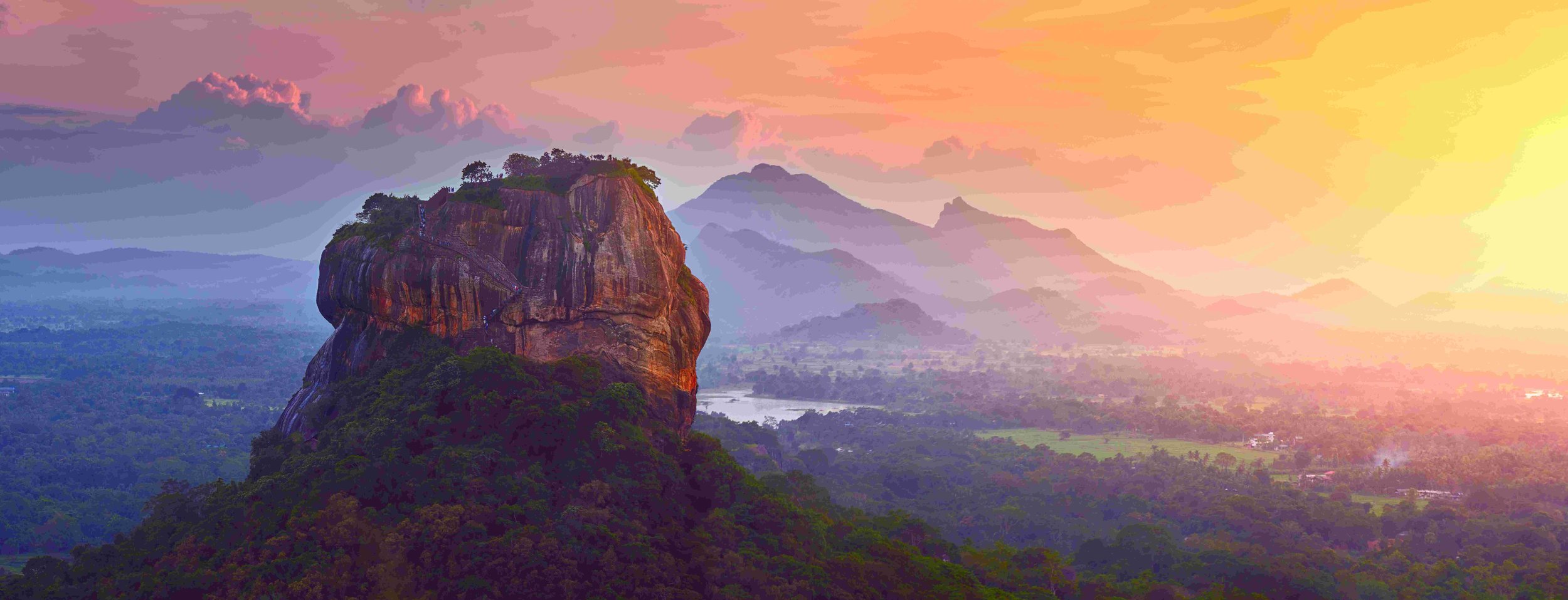
Join us on this small group tour to a largely unexplored part of Sri Lanka. Until recently much of the north of this wonderful country has been off limits and stricken by civil war. On our journey, we head to a working rural coconut plantation where we get a taste for village life. For wildlife lovers we will safari in Wilpattu National Park, intentionally to travel to one of the quieter and lesser visited parks in Sri Lanka, where we hope to spot wildlife such as Sloth Bear, Leopard and Elephants. The next stop is the sun-baked island of Mannar – again few tourists venture here as it is one of the most isolated areas of the country where wild donkeys roam and the landscape is dotted with Baobab trees. We then head on to the Jaffna Peninsula which was until only a few years ago the scene of a fierce civil war between government forces and the LTTE (Tamil Tigers). War damage here is still very much in evidence but we will see how the area is recovering with a Tamil guide and explore points of interest such as Jaffna Fort and the Public Library. We also visit fascinating Delft Island where wild ponies run free.
Arrival and departure transfers
Overland transport throughout with professional driver
All accommodation
Services of English-speaking guide / tour leader
Meals as listed, B – Breakfast, L – Lunch, D – Dinner
Entrance fees for sites listed as part of the itinerary
International flights (, contact , us, for expert advice and a quote)
Any airport taxes
Travel Insurance
Visa – when required
Drinks
Items of personal nature
Tips (Discretionary)
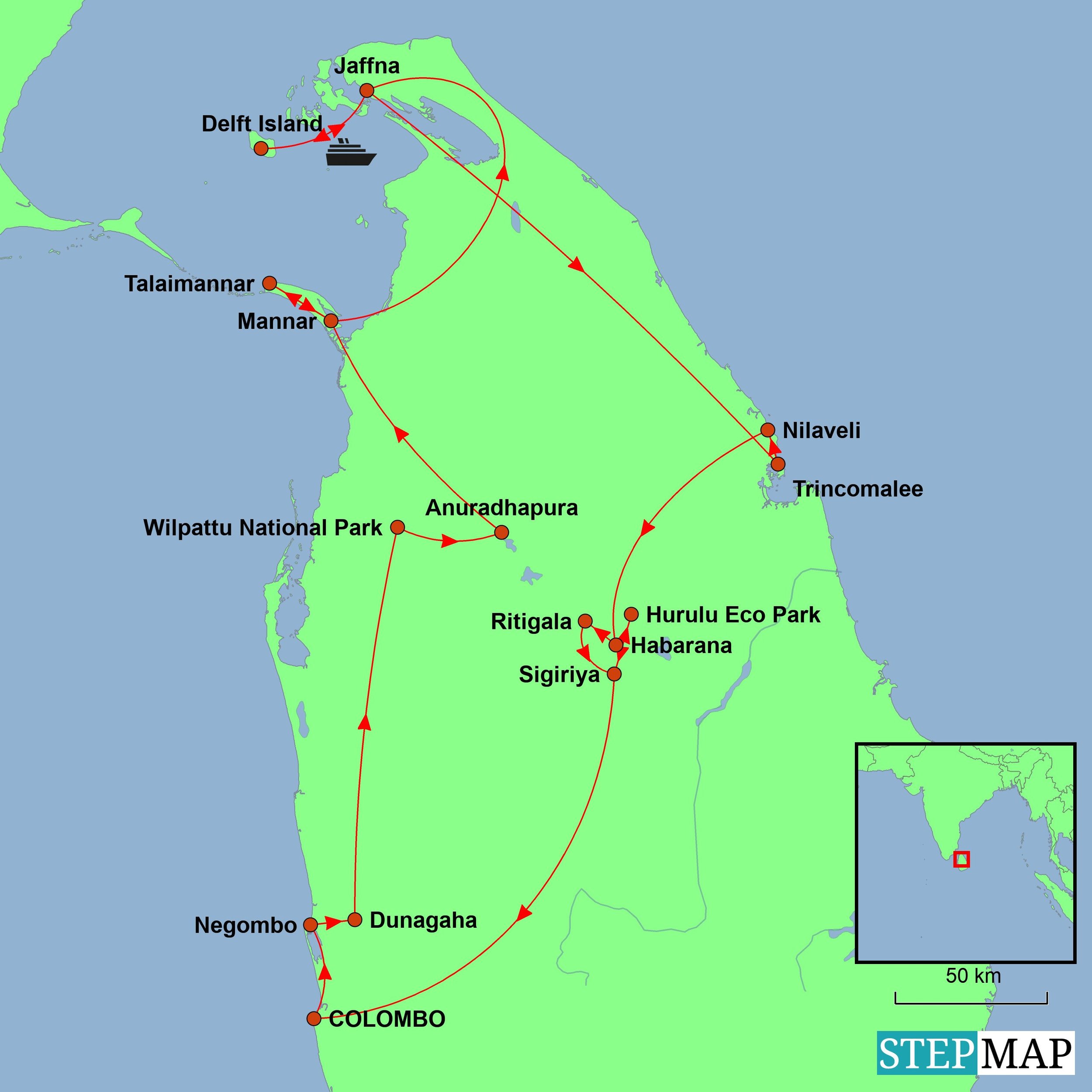
The “Sri Lanka – Northern Explorer” tour by Undiscovered Destinations is a 15-day small group journey that delves into the lesser-visited regions of Sri Lanka. Commencing in the cultural heartland, the itinerary takes travellers through historic cities, ancient ruins, and sacred sites, offering a deep insight into the island’s rich heritage. Participants explore the northern territories, which have remained relatively untouched by mass tourism, providing a unique perspective on the country’s diverse landscapes and cultures. Throughout the journey, travellers engage with local communities, witness traditional practices, and experience the natural beauty of Sri Lanka’s northern regions. The tour combines cultural exploration with scenic drives, ensuring a comprehensive understanding of this captivating part of the island. Accommodations are thoughtfully selected to enhance the authentic experience, ranging from comfortable hotels to locally-run guesthouses.
Safari in Wilpattu National Park
Embark on a wildlife safari in Sri Lanka's largest national park, home to elusive leopards, sloth bears, and elephants.
Exploration of Jaffna Peninsula
Discover the rich Tamil culture of the Jaffna Peninsula, including visits to the historic Jaffna Fort and the serene Public Library.
Visit to Mannar Island
Experience the remote and windswept Mannar Island, noted for its wild donkeys and ancient Baobab trees.
Sigiriya Rock Fortress
Climb the iconic Sigiriya Rock Fortress, a UNESCO World Heritage Site, for panoramic views and ancient frescoes.
Cultural Immersion in Colombo
Conclude the journey with a local-guided tour of Colombo, exploring bustling markets and sampling traditional Sri Lankan street food.
Download the Information Pack
To download the tour full dossier, which includes a complete day-by-day itinerary breakdown and detailed tour information, fill in the details below.

Foreign Office Travel Warnings Before booking your tour, please familiarise yourself with the country specific information provided by the UK’s Foreign, Commonwealth and Development Office (FCDO) – www.gov.uk/foreign-travel-advice. This includes important information such as latest immigration requirements, and details of any travel advisories. We constantly monitor the advice posted by the FCDO. In particular we will always advise clients of any travel warnings. At present there are no warnings against travel to the parts of Sri Lanka that we visit on this tour. Please feel free to contact us should you have any specific concerns or would like to know in detail what measures are being taken to ensure visits remain trouble free and without incident. It should be noted that this information applies to British citizens. Other nationals are asked to check the current position of their respective government. Visa Information At the time of writing British, US and Australian nationals require a visa for a tourist visit to Sri Lanka. For further details please visit the applicable website shown below. British Nationals – www.gov.uk/foreign-travel-advice US Nationals – travel.state.gov/content/travel/en/international-travel.html Australian Nationals – www.smartraveller.gov.au Other nationals should check the latest requirements with the authorities in their home country, or with the destination’s nearest embassy or consulate. Should you require any documentation to support a visa application, such as a letter of invitation, upon request this will be provided by Undiscovered Destinations after receipt of your balance payment. As it is the travellers’ responsibility to ensure that they meet all entry requirements it is essential that you check the rules and any other conditions at the time of booking and again when making your balance payment. In addition, we would strongly advise that you make a final check around two weeks before your arrival. This is important as requirements can change at short notice. Undiscovered Destinations, when possible, will provide guidance about entry rules, but in the first instance please contact the relevant authorities, including the applicable embassy or consulate for assistance. Passports It is your responsibility to ensure that you are in possession of a full passport, valid for at least six months after the date of return to your country. We strongly advise that your passport contains a minimum of two blank pages, as this may be a requirement of the local immigration authorities. In addition, certain countries will stipulate that the two blank pages are opposite each other. If you are unable to meet these requirements, you may be refused boarding by your airline or denied entry by the immigration authorities. For specific information about the requirements for your destination please check with the country’s embassy or consulate. Alternatively, UK citizens can visit www.gov.uk/foreign-travel-advice. Vaccinations & Protection As with travel to most parts of Asia, we strongly recommend that you contact your doctor’s surgery or a specialist travel clinic for up-to-date information, advice, and the necessary vaccinations. For a visit of less than one month, almost certainly you will be advised to have immunisations against the following: Diphtheria and Tetanus, Hepatitis A, Typhoid, Meningitis. The use of a DEET-containing insect repellent is highly recommended. The legal status and regulation of some medicines prescribed or purchased in your home country can be different in other countries. If you are travelling with prescription or over-the-counter medicine, travellers from the UK can refer to the guidance provided by the National Travel Health Network & Centre and published on the Travel Health Pro website. For further information on the legal status of a specific medicine, you will need to contact the embassy, high commission or consulate of the country or territory that you are travelling to. Travel Insurance It is a condition of booking with Undiscovered Destinations that you have adequate valid travel insurance. It is your responsibility to arrange appropriate travel insurance and ensure you have read and understood the full terms and conditions of your travel insurance policy to ensure that you are covered for all activities you intend to undertake whilst on the tour, including all optional activities. Your Insurance Policy must fully cover you for medical expenses (including cover for Covid-19 conditions) and emergency repatriation to your home country and be valid for the entire duration of your holiday. Local Conditions When travelling to our destinations, many of which are underdeveloped and untouristed by mainstream tourism, a good deal of patience and a sense of humour is an important attribute. This will help you to cope with problems such as ageing or poor infrastructure and when maintenance may not be as high as we would always like. The choice of appropriate accommodation in some towns and cities (particularly the smaller places) can be limited, and standards of both service and maintenance can be less than polished. Guides and other service providers in some of our destinations do not always have the decades of collective practice and experience that their counterparts in more developed countries can draw upon. Although we will always try and resolve any issues as quickly as possible, on occasions there may be some shortcomings which no matter how hard we try will be unavoidable.
